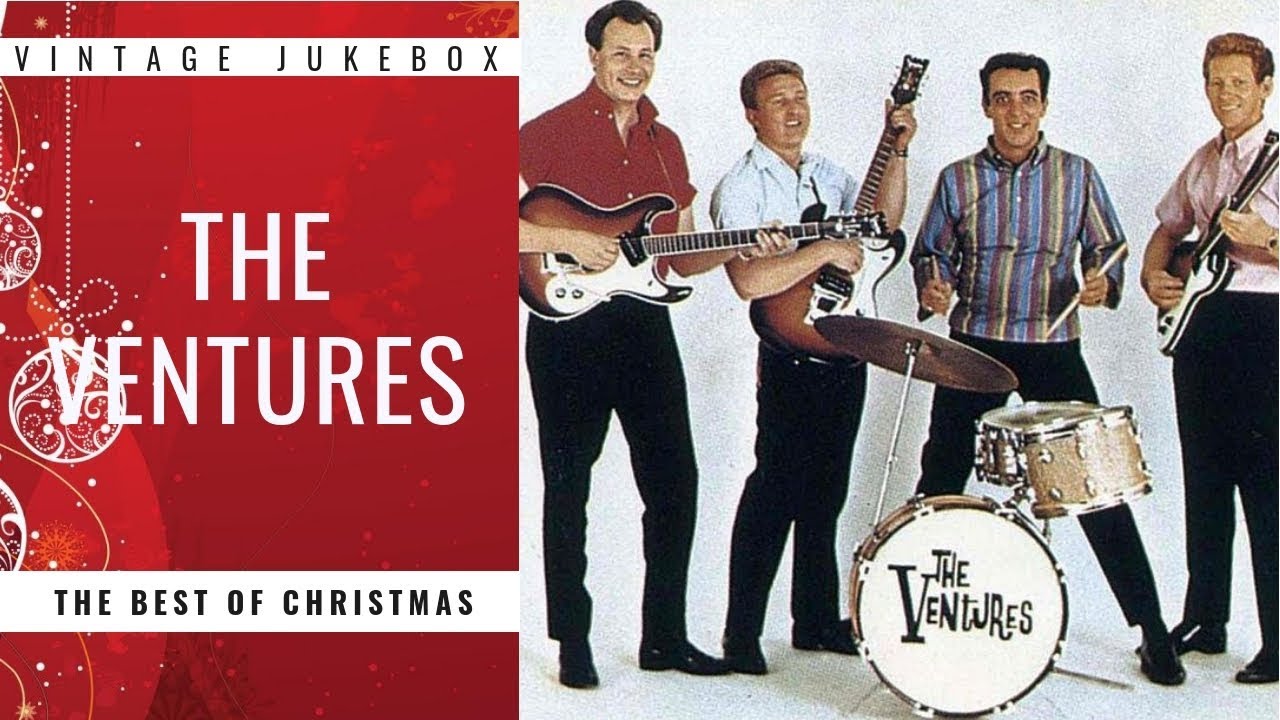Clever may come from partners
They had been in a conference room for nearly 2 days now, reviewing problems with our Division’s largest program. These partners had been collected to recommend changes to get it back on track. It was to be a state-of-the-art new approach to computing on a new state-of-the-art submarine. All eyes had turned to the senior architect of the systems that were used on the Space Shuttle who had been flown in. He paused … and after a very uncomfortable silence said “It’s a Bar problem”. Unclear someone asked… and he clarified. “We can’t fix this …we might as well go drink.”
Computing was now moving into chips, and the most advanced was the Motorola 68,000. With nearly that many transistors, it was a great “architecture” with 32 general registers to store information for quick access. And with as many interrupts, you could also easily change contexts – after, of course, storing those values and reloading the right ones. The group that had mandated it for use in ALL systems felt proud that they had been Clever in picking this great general computer. The sad truth was, here, that architecture made it impossible to respond quickly enough to all of the hard-real-time events on the sub, and as such, the computers were constantly overloaded and not performing. And likely would never…
… who have a different Clever approach…
While Sly’s family was marinating in music around San Francisco, a future partner was growing up in his parent’s Church band playing Bass. Larry Graham was born into another musical family in Beaumont, Texas in 1946 before moving to Oakland. At the age of 5, he began preparing for his life course as a performer by learning to tap dance and shortly thereafter began to take piano lessons. At 15 he joined his mother’s band – “The Dell Graham Trio”. His mother played piano, with him on guitar and Ruben Kerr on drums (a member of his first band).
Larry’s mother decided to change their trio into a duo, just bass and piano. So Larry Cleverly compensated for not having a bass drum by “thumping” the strings and made up for not having a snare drum by “plucking” them. He wasn’t concerned with playing the so-called “correct” overhand style method of playing the bass since this was only temporary until the organ could be repaired. As it turned out, it was beyond repair…
… and this was where “slap bass” was invented. The slap of the thumb being used to emulate a bass drum and the pop of the index or middle finger as a snare drum. This style has become archetypal of modern funk. Slap-pop playing couples a percussive thumb-slapping technique of the lower strings with an aggressive finger-snap of the higher strings, often in rhythmic alternation. The slap and pop technique incorporates a large ratio of muted or “dead” notes to normal notes, which adds to the rhythmic effect. Larry’s approach was quickly copied by other bass players in the other funk and soul groups, and there would be no Stanley Clarke, Marcus Miller, or Bootsy Collins without Larry’s innovation. And if you don’t know those names, you are missing something for sure…and they will be here eventually 😉
Power, partners, and Clever often conflict…
Of course, as a part of the division, we were also forced to use the 68,000 chip in our display system. For our application, the large number of registers and other “general” elements were not a hindrance, other than now I had to find programmers and tools for this “new” system. The previous version 6502 had already changed computing – as the heart of the Apple II that was pervasive in schools and homes. But to make it “better”, Motorola decided to break backward compatibility with it, and start “over”. Great – that Clever move meant we had almost no supply of good compilers, languages, tools, etc. A similar problem had slowed down the submarine program, contributing also to their schedule “challenges”.
When I started out, I always thought I would get into Computer Architecture. Looking at options and thinking deeply about what the “best” approach was seemed attractive. However, watching “the best” trip up program after program, particularly when dictated by partners who were not really interested in actually DOING something with the computers, seemed less attractive. It was where one of my first rules of the partnership came from: Your advice, while interesting, only matters if you are in this with us. Architecture people generally run from a crisis, and I quickly realized that I didn’t. This particular lesson would be repeated often in my career, where I had to use Clever to get us out of bind after bind from some “advice”…
.. and the right partners help you stay Clever.
Larry would nail down the foundation of Sly’s sound, and be a partner in fundamentally changing all of music over the rest of his career with his Cleverness. I watched the opposite as the VP of the submarine project, now run aground over the use of the “best”, became the Director of Public Outreach for Northern Virginia – from over 1000 people to none. At this point I was still aspiring to move “up”, and this lesson was not lost on me. Simple decisions, I would notice, led to unexpected results unless you really knew you could count on partners and their foundation.
In your teams, consider who is helping you be Clever – helping you make decisions that are good – not just for now – but sustainable for the future? And how are you ensuring that the other voices, those from the better schools, the “smarter” people, the ones who like to talk… a LOT… but don’t actually do much… don’t drown them out? You have to be Clever to thread that needle, as I would learn over and over, and started to realize that some of the best, and most fun work was done by those people that you typically don’t notice. The quiet ones, the great partners… Everyday People.




